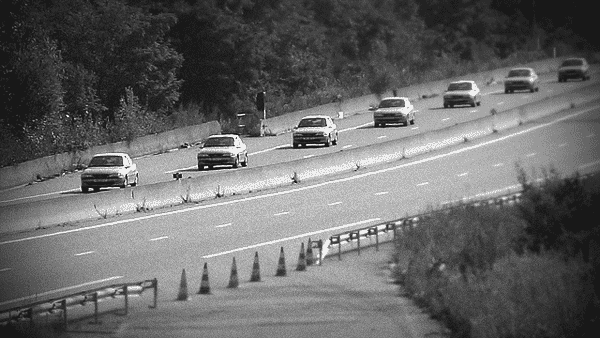I’ve written this before, but I think the final 5% of designing true driverless cars may prove to be more difficult than getting to that stage. Navigating inclement weather and “reacting” to signaling traffic cops will not be easy. There’ll be incremental introductions of the technology, but a car that allows you to sleep or play cards while it does all the work is not an easy assignment. From Matt McFarland at the Washington Post:
In an panel Saturday at SXSW, University of Michigan professor Ryan Eustice, who is developing algorithms for the maps driverless cars will rely on, acknowledged the challenge.
“To really field this technology in all weather, all kinds of scenarios, I think the public’s been a little oversold to this point,” Eustice said. “There’s still a lot of really hard problems to work on.”
He cited the problem of a driverless car’s sensors being confused by snowflakes during a snowstorm. There’s also the question of whether a driverless car in a snowstorm should drive in its original lane or follow the tracks of the car in front of it?
You might think we can just rely on humans to take over whenever a situation gets dicey. But Eustice and others aren’t fond of that.
“This notion, fall back to a human, in part it’s kind of a fallacy,” Eustice said. “To fall back on a human the car has to be able to have enough predictive capability to know that 30 seconds from now, or whatever, it’s in a situation it can’t handle. The human, they’re not going to pay attention in the car. You’re going to be on your cell phone, you’re going to totally tune out, whatever. To take on that cognitive load, you can’t just kick out and say oh ‘take over.’ ”•

